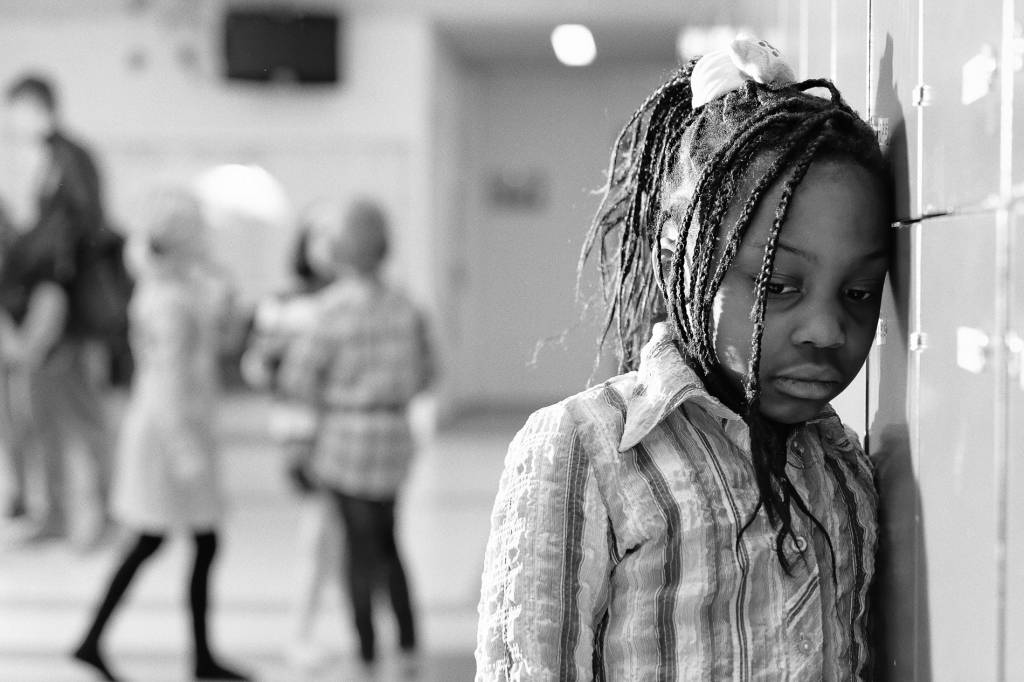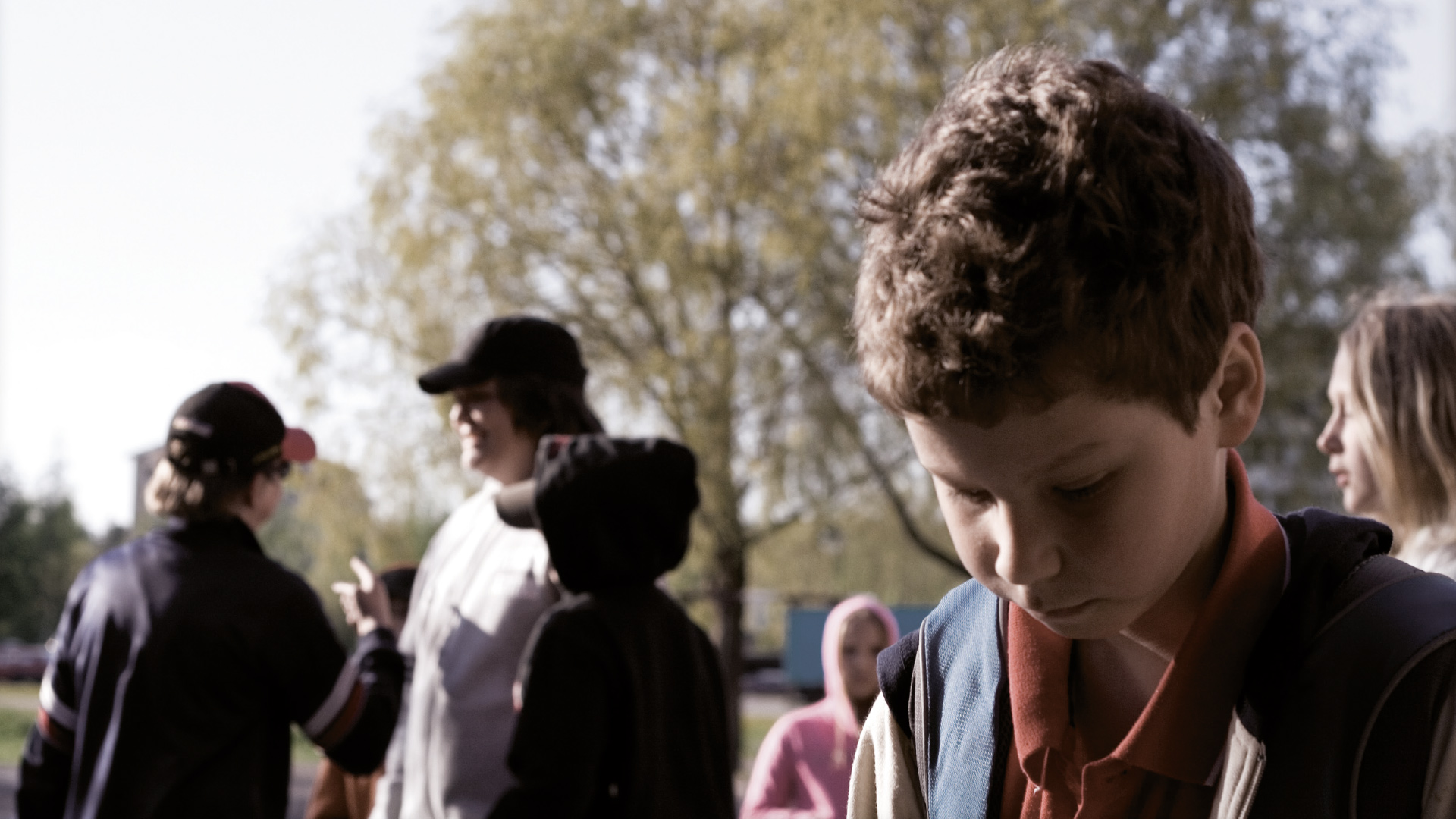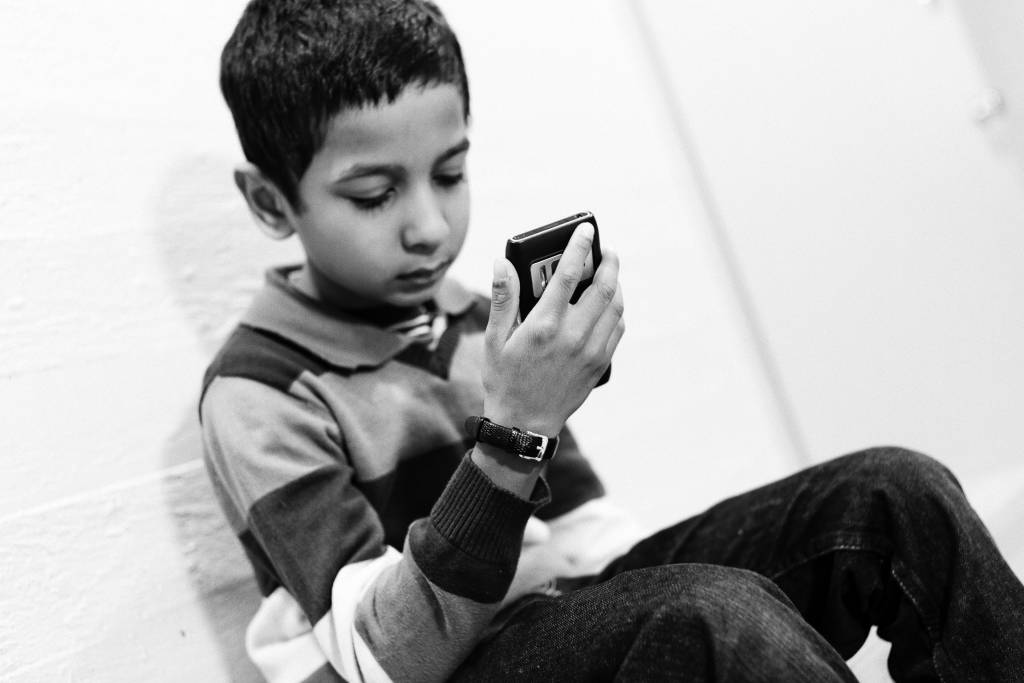A commonly used definition of bullying is that bullying is intentionally and repeatedly causing distress or harm to the same individual. In addition, it is difficult for the bullied children to defend themselves. This refers to the power imbalance between the parties – the bullied child usually has less power or physical strength than the bully or bullies.
Bullying can take many different forms. Most often it consists of verbal abuse and public ridicule of the target, but there are many other forms of bullying as well. Often the targets are bullied in more than one way and bullying is more than just single attacks. It is a rather stable relationship between the bully and the bullied child, and this relationship is further embedded in the larger peer setting.

The Architecture of Bullying
Bullying is a group phenomenon. For perpetrators bullying seems to be motivated by the pursuit of visibility, power and a high status in the peer group. For that reason bullies need bystanders or spectators.
These bystanders play different roles in the bullying situation. They may reinforce the bully’s behavior by verbal or nonverbal signals that are socially rewarding. These signals suggest that bullying is acceptable, or even funny and entertaining.
Other bystanders are more active in assisting the bully. For instance, some children are eager to join in the bullying even if they do not typically initiate it themselves.
Some peers might just silently witness what is happening, without acknowledging that the bully might interpret such behavior as an approval of his or her mean acts.
Few students who observe bullying have the courage to intervene or take the bullied child’s side.

Bullying concerns everyone
There is a lot of research data about the actions of students who are bystanders of bullying and their significance.
In one study adults who had been bullied in school told that their worst memory was not the actions of a specific, individual bully. Instead, the worst memory was that other students saw what happened but nobody intervened. The fact that nobody supported or defended the bullied child hurt the most. Another study showed that those bullied children who had at least one friend supporting them did better than the bullied children without supporters.
KiVa’s key message is that we all are responsible for our shared well-being. If everyone could be motivated to think of ways to help their classmates and peers instead of taking part in bullying, a large part of the bullying problem would be eliminated.
Warning signs
The consequences and effects of bullying can turn out in the student in many ways. Recognizing the problem is an important first step in taking interventive actions against bullying. It is crucial to identify the signs and to open a conversation with the persons involved.
Not all children who are bullied ask for help. In addition, some children may not show any signs at all. The signs may also be the result of other problems in the child or adolescent’s life, such as problems at home or depression.
A few examples of changes in child’s behavior:
- is afraid of walking to school or taking the bus
- absence from school due to head or stomach ache
- visible signs of physical aggression
- becomes stressed, anxious, withdrawn, easily irritable, angry etc.
A sudden change in behavior may be a sign of bullying. Parents know best how their child expresses distress. If there is no clear reason to a sudden change, it’s worth discussing with the child and the school staff about the possibility that the child is bullied. You can find more advice in the parents’ guide.
